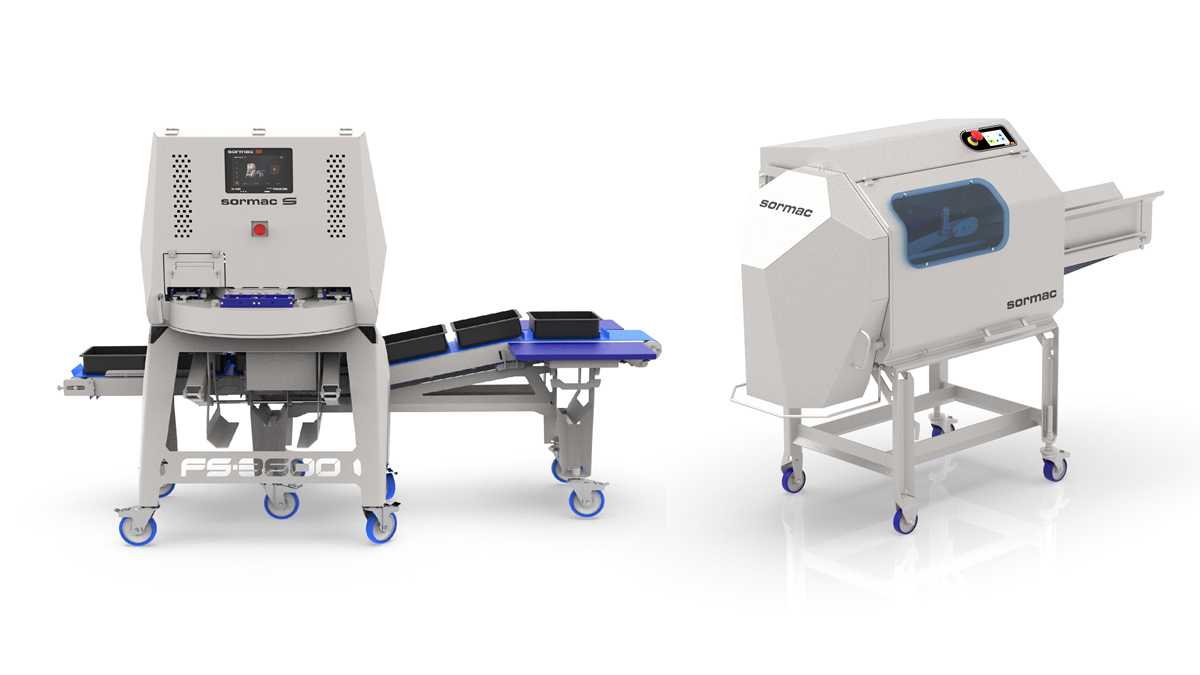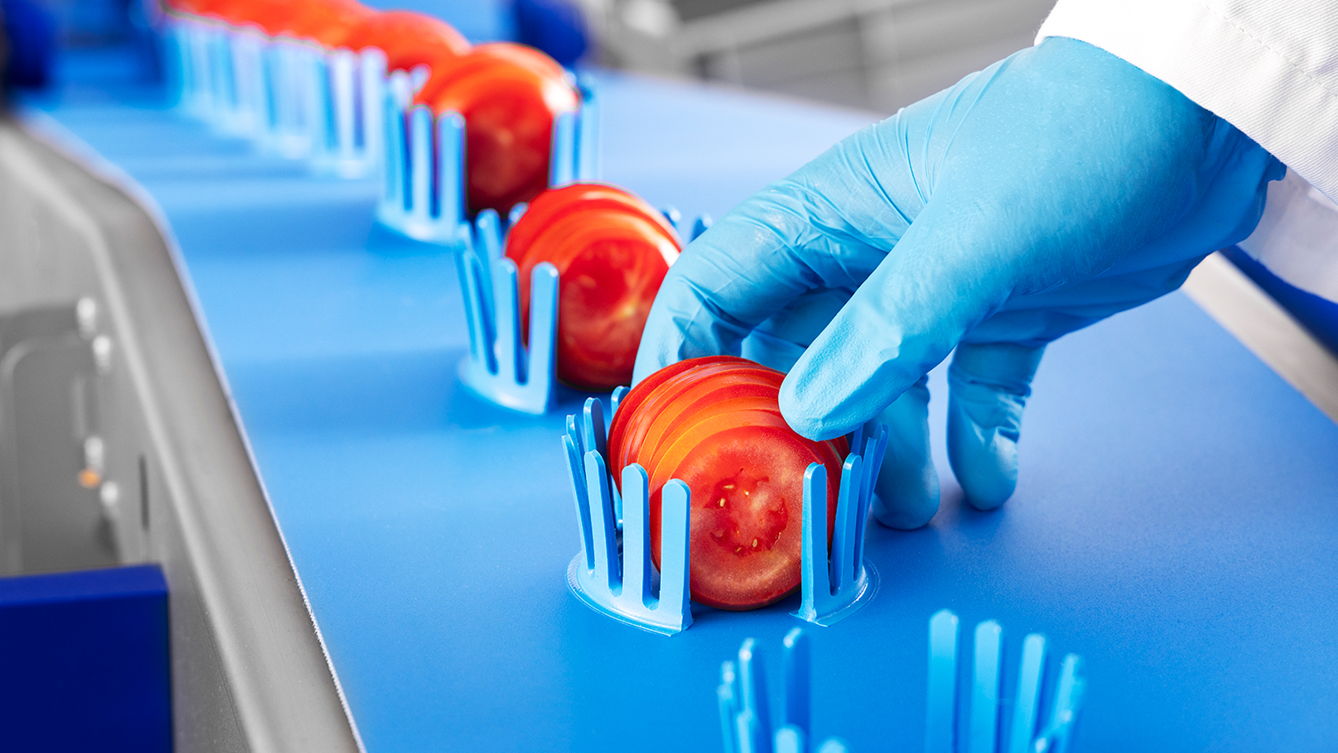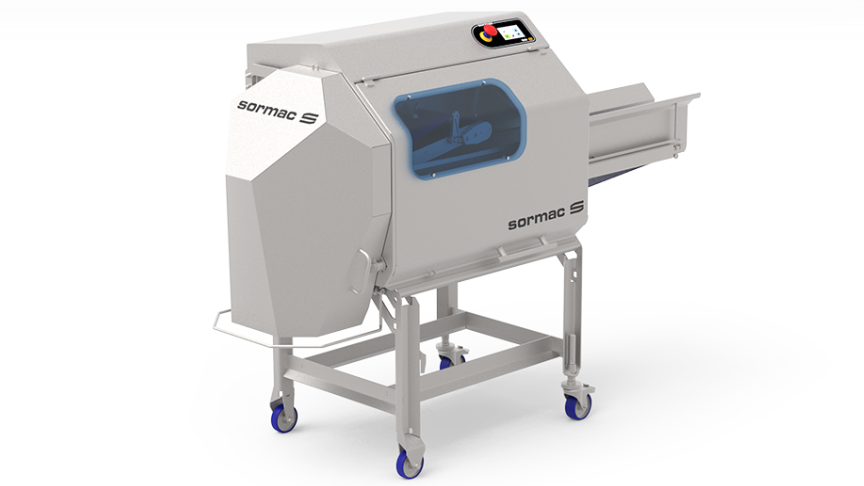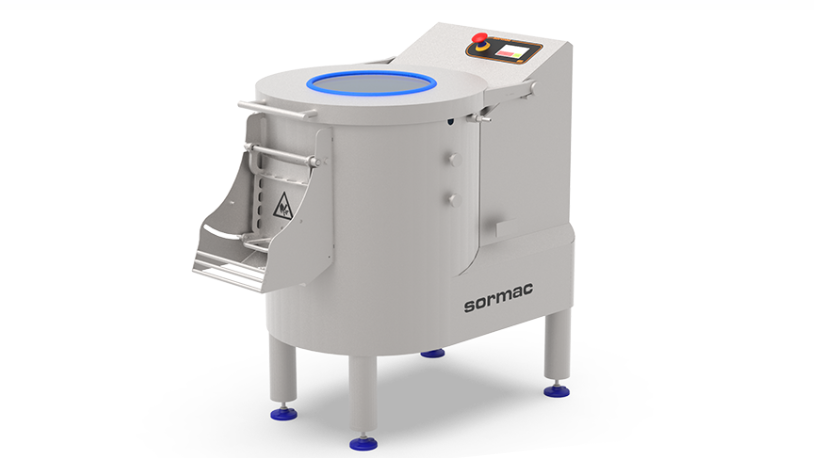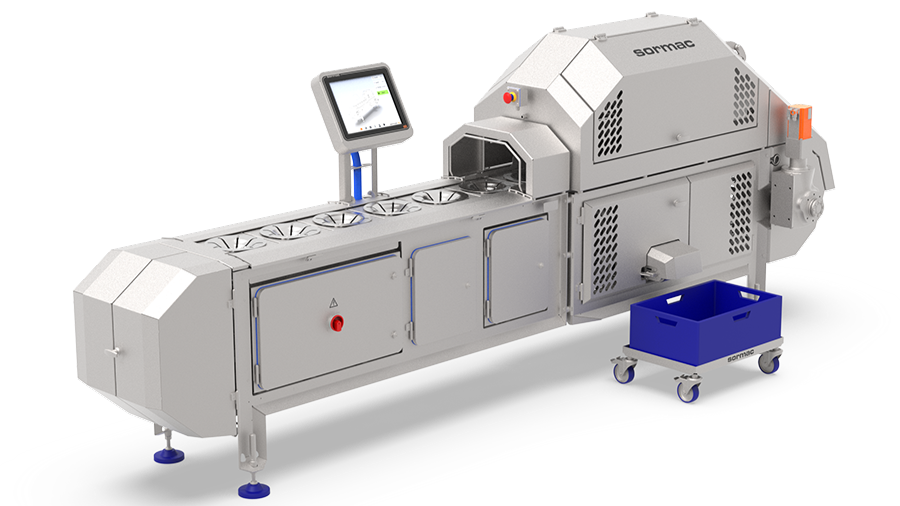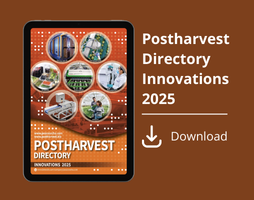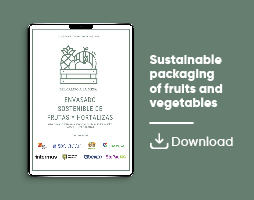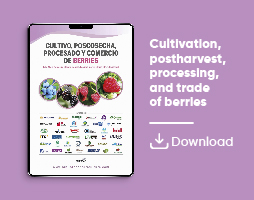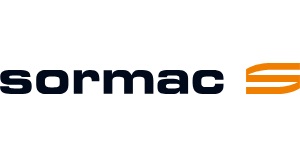

Sormac
Processing
Washing leafy greens: sand deserves special attention
Sormac’s flume systems, optimized through extensive research, effectively remove soil particles from leafy greens using gentle laminar water flow and settling mechanisms, ensuring clean, high-quality produce
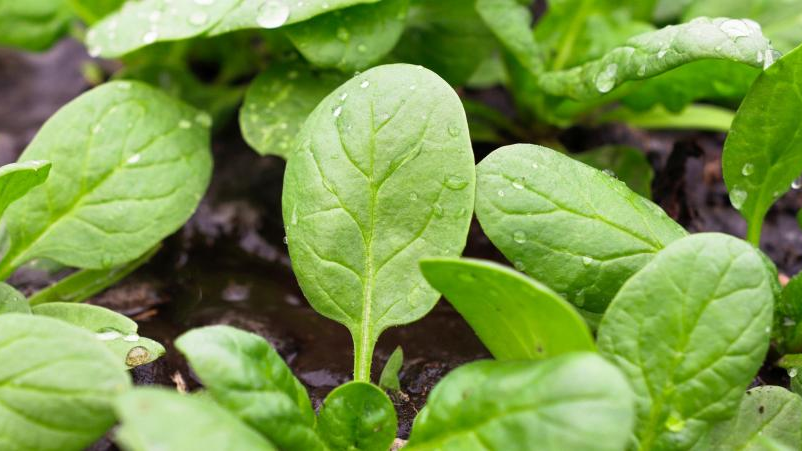
When leafy greens such as lettuce or spinach are harvested from open fields, they often carry unwanted soil particles including sand, clay, silt, and even gravel. These contaminants not only affect the appearance of the produce but also its texture and consumer satisfaction. Coarse sand grinds unpleasantly between the teeth, while finer particles like silt and clay can create a rough sensation in the mouth, diminishing the product's appeal and perceived quality. As such, for vegetable processors, effectively removing these particles is a top priority.
Understanding Soil Particle Sizes
To effectively target and remove soil particles, it is helpful to categorize them by size:
-
Clay: < 2 µm
-
Silt: > 2 µm and < 60 µm
-
Sand: > 60 µm and < 2 mm
-
Gravel: > 2 mm
Each of these categories behaves differently in water, which influences how they can be separated from produce during processing.
The Role of Flume Systems in Soil Removal
Sormac, a specialist in food processing equipment, has invested in extensive theoretical and experimental research into how soil particles can be removed from fresh produce. This research has centered on understanding how particles of different sizes settle in water under controlled conditions.
Central to this process is the use of flume systems, which are water-filled channels designed to gently transport, wash, and cool vegetables. In flume systems, laminar flow—a smooth, non-turbulent movement of water—is key. It creates an environment where produce is gently agitated just enough to release soil particles without damaging the delicate leaves.
As the produce moves through the flume, the long retention time allows soil particles to gradually loosen from the surface. These particles then settle to the bottom thanks to the gentle flow and are collected in a sand trap at the base of the channel. In cases where the product contains a particularly high amount of sand, such as with lamb’s lettuce, a pre-installed sand remover can be deployed for additional cleaning capacity.
Optimizing Performance Through Research
Sormac’s laboratory research has yielded valuable data on the relationship between grain size, flow rate, and flume length. By analyzing how different sizes of particles settle under controlled conditions, Sormac has been able to optimize the design of its washing and transport flumes to ensure maximum soil removal with minimal waste of water and energy.
Sormac's Flume Technology: TF and WF
Two standout solutions from Sormac's product line are:
-
Transport Flume (TF): Designed for the gentle movement of products from one processing stage to another, while allowing for continuous removal of detached soil particles.
-
Washing Flume (WF): Specially engineered to thoroughly clean produce, making use of the same settling and sand trap principles, but optimized for higher cleaning intensity.
Both systems are fine-tuned based on Sormac’s research and offer efficient, reliable performance for processors seeking to deliver clean, ready-to-eat vegetables.
Conclusion
Delivering grit-free, high-quality leafy greens starts with effective soil removal. Through its dedication to research and innovation, Sormac has developed flume technologies that combine gentle handling with efficient cleaning. Whether it’s fine clay or coarse sand, the right flume system ensures these unwanted particles are removed—enhancing product quality and consumer satisfaction.



